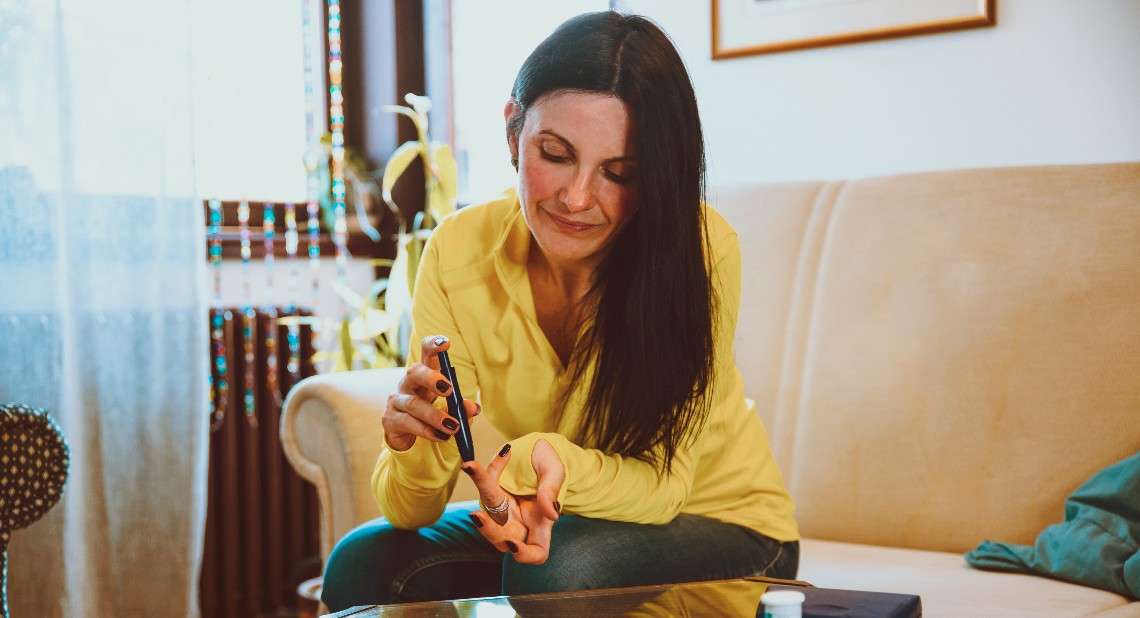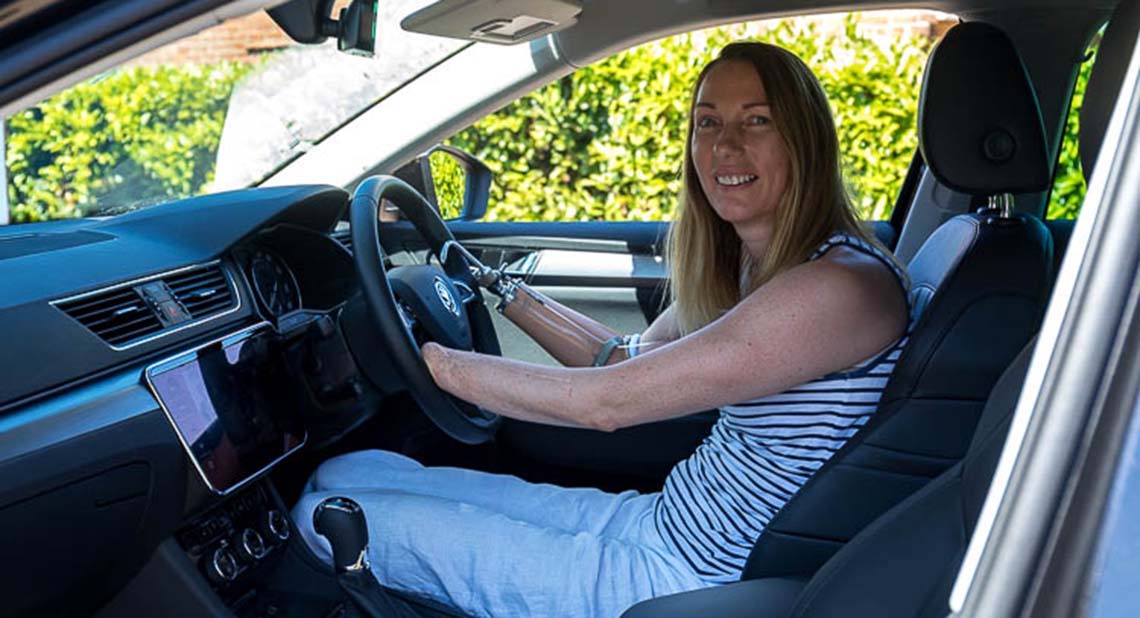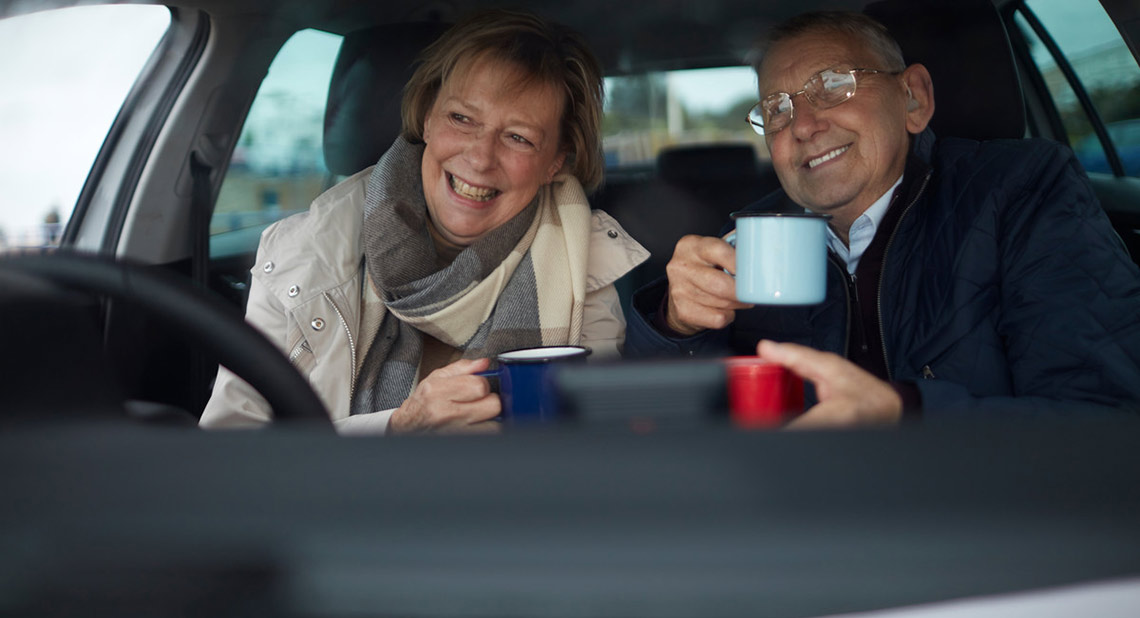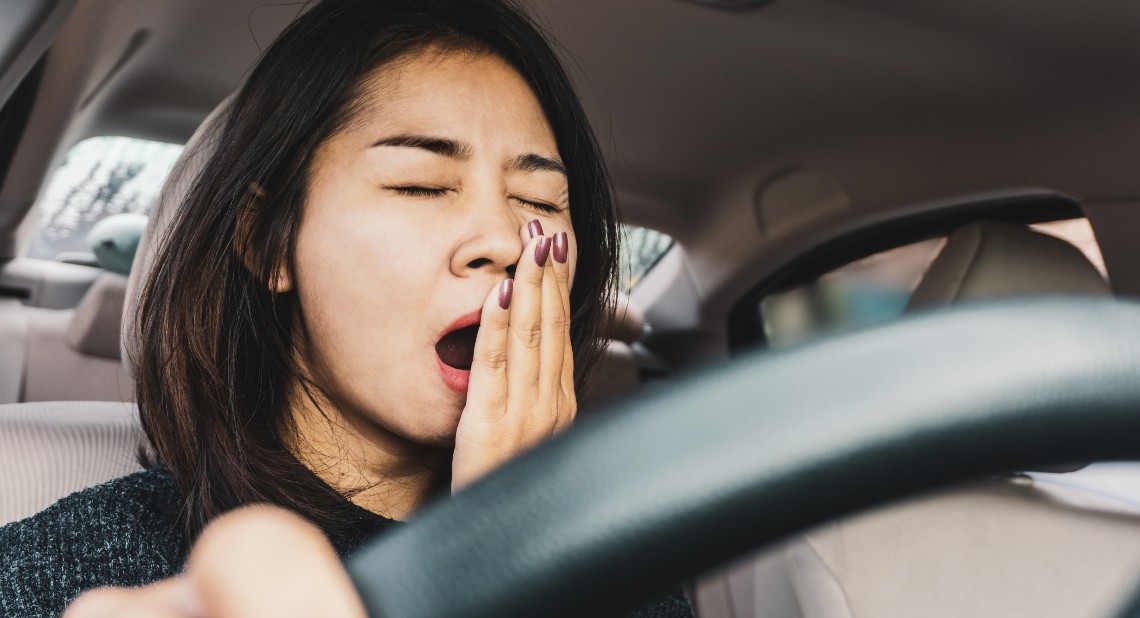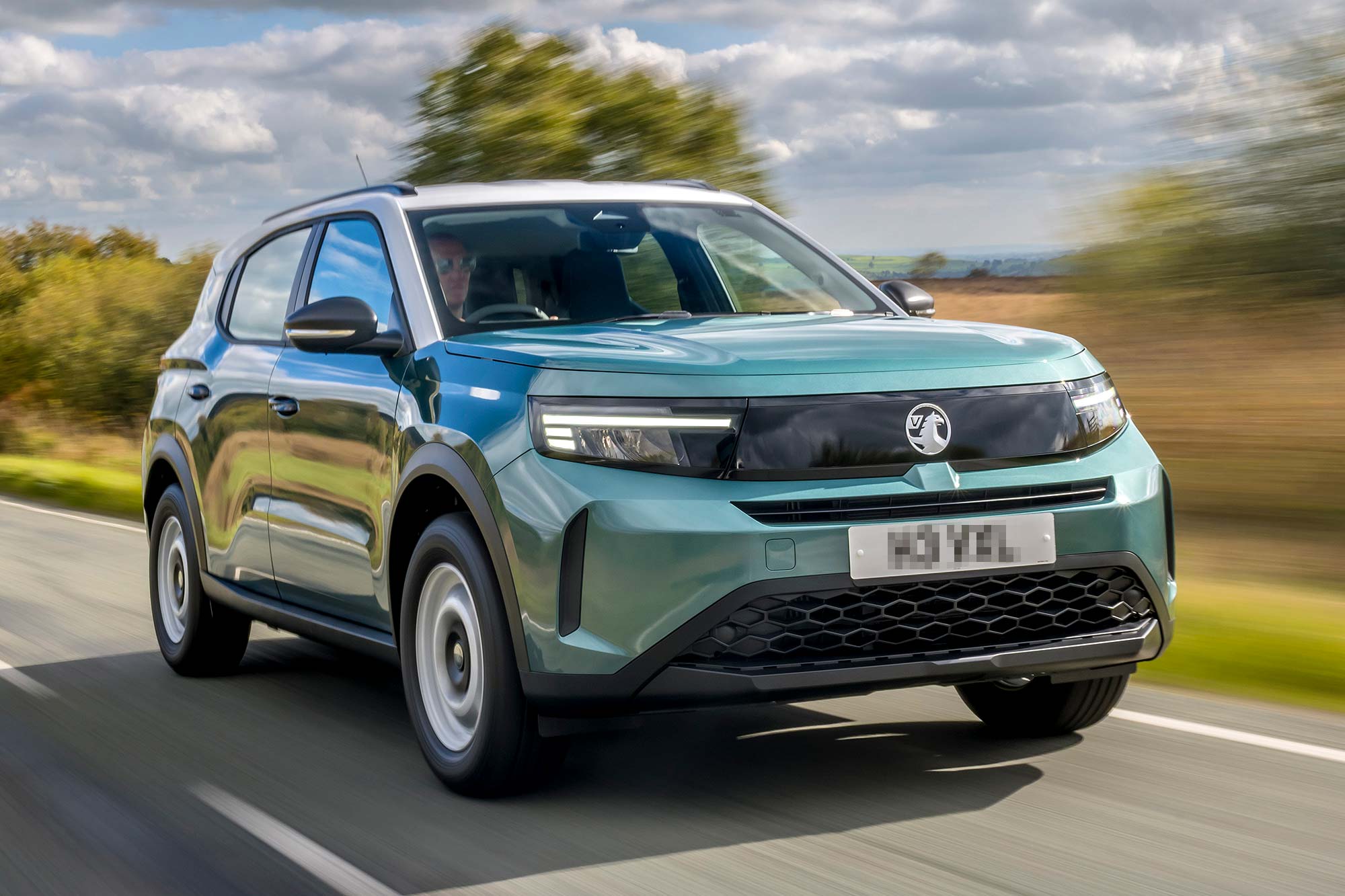This article by Nick Harper explains what the rules are for driving with diabetes, including whether you need to tell the DVLA and what to do if your blood sugar drops while you’re driving.
It has been predicted that by 2025, as many as 5.3 million people in the UK will be living with diabetes. Many of those 5.3 million will be of driving age (17 and above) – but having diabetes doesn’t mean they can’t drive a car safely. As long as they follow the DVLA guidelines, it’s possible for a person with diabetes to continue driving well into their old age.
The following guide will help you understand the rules around driving with diabetes in 2022.
Can you drive if you have diabetes?
Yes, although there are restrictions. If you’re able to manage your diabetes with either medication, diet or a combination of the two, you will be able to apply for a driving licence. How you treat your condition is likely to determine if you receive a full driving licence or a medically restricted licence.
- If you treat your diabetes with insulin, you are legally required to tell the Driver and Vehicle Licensing Agency (DVLA) and will need to apply for a restricted licence that lasts one, two or three years.
- If you manage your diabetes with either medication, diet or a combination of the two, you will be able to apply for a driving licence that lasts until you’re 70.
The DVLA may also impose extra conditions to mitigate your condition.
Do I have to tell the DVLA that I have diabetes?
You will need to tell the DVLA if your diabetes treatment puts you at risk of hypoglycaemia (also known as a ‘hypo’) – the medical term for a low glucose (sugar) level, which can cause confusion and shakiness. To be certain, speak to your GP about your condition before you apply for a driving licence. Failure to tell the DVLA can result in a £1,000 fine.
Are there other rules I should know about?
Yes. If your condition puts you at risk of having or developing disabling ‘hypos’ that will affect your ability to drive safely, you’ll need to be able to recognise the symptoms. If you struggle to recognise the symptoms of low blood sugar, and/or if your condition causes issues with your circulation or eyesight, you will need to let the DVLA know as this could compromise your ability to drive safely.
You’ll also need to mention it if you have one episode of severe hypoglycemia (where your blood sugar drops below normal and you need assistance to treat it, see below) or two severe hypos (while awake) during a 12-month period. Again, you should consult your GP before applying for a driving licence.
If your diabetes changes over time and you come to rely on insulin treatment, you are legally required to inform the DVLA.
At what blood sugar level is it safe to drive?
Remember the mantra ‘five to drive’. The DVLA states that your reading has to be a minimum of 5mmol/l before you can safely drive.
Always check your blood sugar levels before you head out. If the reading is between 4 to 5mmol/l, you will need to eat some carbs to increase the reading.
A reading below 4mmol/l is usually considered to be a severe hypo. In this instance, you must not drive until the level is 5mmol/l or more, even if you have no symptoms of suffering a hypo. Remember you must inform the DVLA if you experience an extreme hypo.
You should not not drive a car if you are experiencing any symptoms of a ‘hypo’, even if your glucose level is 5mmol/l or more.
Do I need to check my blood sugar level during my journey?
Yes, the current DVLA ruling is that you have to check your blood sugar level at least every two hours, from the time you carried out your pre-driving check. If your journey contains multiple short journeys, you don’t need to check your blood sugar before every stage, but you do need to check every two hours.
If your reading drops below 4mmol/l at any point, or you experience any symptoms of a ‘hypo’, you need to stop immediately and increase your blood sugar levels to 5mmol/l.
What should I do if I have a hypo while driving?
It’s against the law to carry on driving during a ‘hypo’. Diabetes UK advises that you must pull over safely at the earliest opportunity, remove the keys from the ignition and move to a passenger seat. If you are on a motorway, leave your car with its hazard warning lights on and move to a safe area.
According to the NHS, you will need to treat your hypo, take your usual fast acting treatment and wait until your blood sugar has returned to a minimum of 5mmol/l. When you are feeling better you should take longer acting carbohydrates and wait at least 45 minutes before driving again.
What do I need to take in the car when I drive?
It’s a good idea to bring the following things with you, all kept within easy reach:
- Blood glucose monitor/meter/strips.
- Snacks, sugary drinks and glucose sweets, in case your blood sugar drops.
- Any medication you need.
- Diabetes identification, in case you have an accident while driving.
Is my licence at risk if I have a diabetes-related episode?
You may have your licence revoked if you have an accident that is caused by you having low blood sugar, or if you are stopped for driving erratically and the cause is the low reading. If that happens, you will need to tell the DVLA and reapply for your licence. The DVLA must be convinced that a similar incident won’t happen again and that, over a period of several months, your blood sugar levels have been back to normal.
Do I need to tell my car insurance provider that I have diabetes?
Yes, without exception. Failure to do so could invalidate your insurance, meaning you are not covered in the event of an accident. Your insurance should not increase as a result of being diagnosed with diabetes as the DVLA will have assessed your risk factor and deemed you to be safe to drive.
Information sourced from the DVLA’s Guide to insulin treated diabetes and driving. For more details on driving with diabetes, visit https://www.gov.uk/diabetes-driving.
About the Motability Scheme
The Motability Scheme makes leasing a car an easy, hassle-free experience. With the Scheme, you can exchange part or all of your mobility allowance to lease a brand-new car for three years. Once the three years are over, if you decide to remain on the Scheme, you can choose another vehicle.
Insurance, servicing and breakdown cover are already included in the price you pay, and you can have up to three named drivers on your lease. The Motability Scheme specialist at your local dealership will take care of any paperwork and place the order for you, so that you can enjoy the freedom that comes with an all-inclusive lease.
Related articles
Car safety technology: 10 top techs for safer driving
My Motability Scheme journey: Driving with adaptations
![]()
